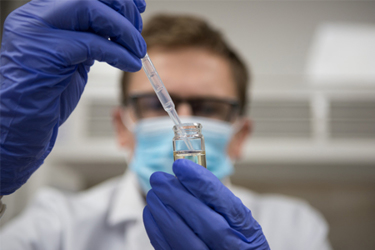Impact OF A Pandemic Outbreak On Vaccine Development Approach
By Vincenza Pironti, PhD, Global SME, Sterile Drug Products, Thermo Fisher Scientific

Over the past decade, outbreaks of H1N1 influenza, Sars-Cov, Ebola, and MERS have triggered several discussions about traditional vaccine development methods1. For example, new platform technologies, such as the use of messenger RNA (mRNA) vehiculated through lipid nanoparticles, have been introduced, stimulating scientific discussions. With the spread of SARS-CoV-2 intensifying, scientists, together with pharmaceutical companies, are reinventing the approach of how to bring these life-saving drugs to market faster without impacting product quality, safety, or efficacy.
This unprecedented data sharing and collaborative team effort is underway among various organizations, such as the World Health Organization2, the Coalition for Epidemic Preparedness Innovations3, the Milken Institute4, and Biocentury, Inc5. The goal is to reduce approval time for a vaccine from 10+ years (traditional timeline) down to 12 to 18 months (see Figure 1).
Get unlimited access to:
Enter your credentials below to log in. Not yet a member of Bioprocess Online? Subscribe today.
